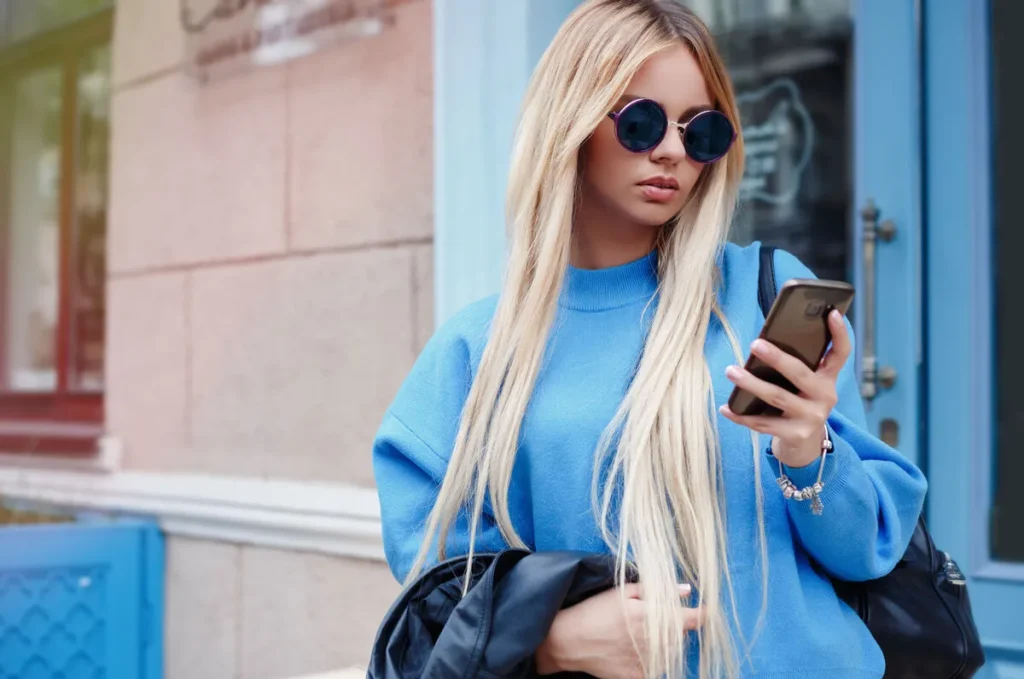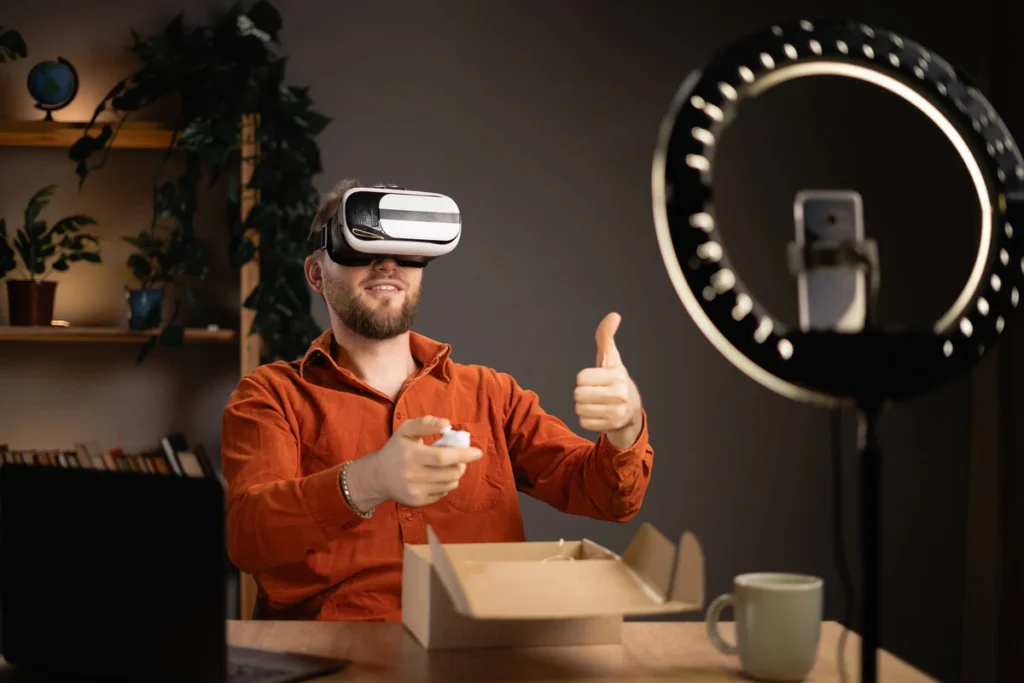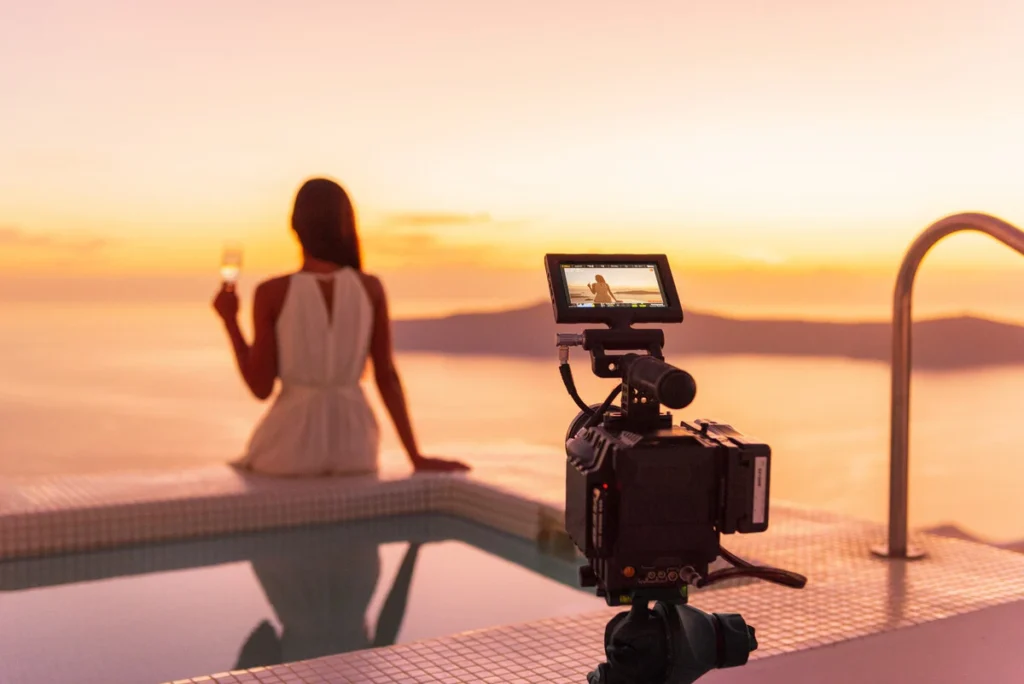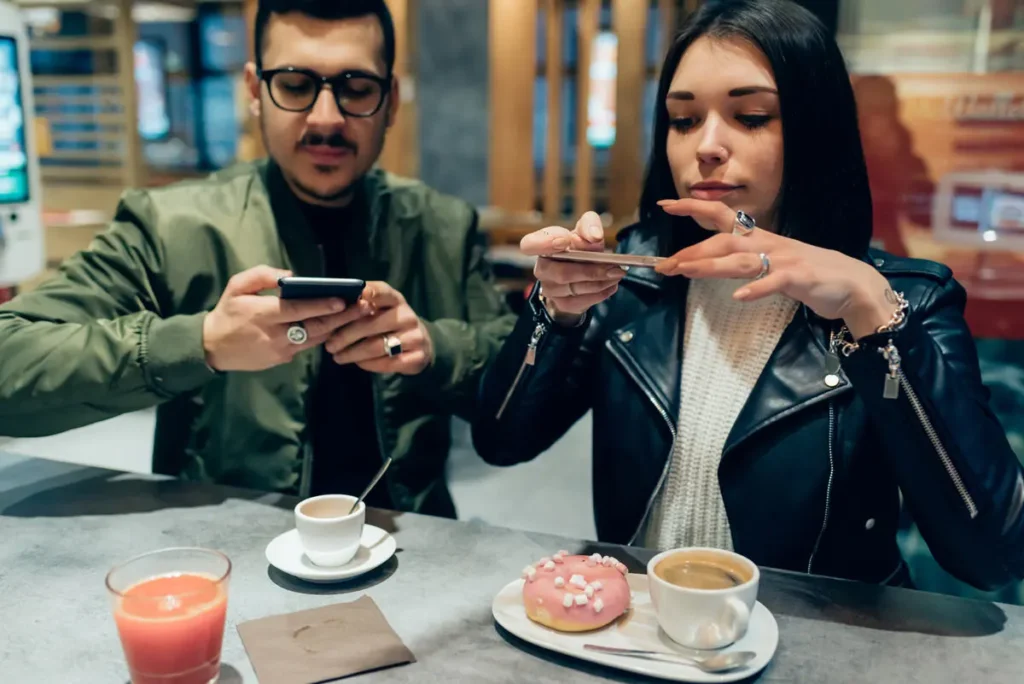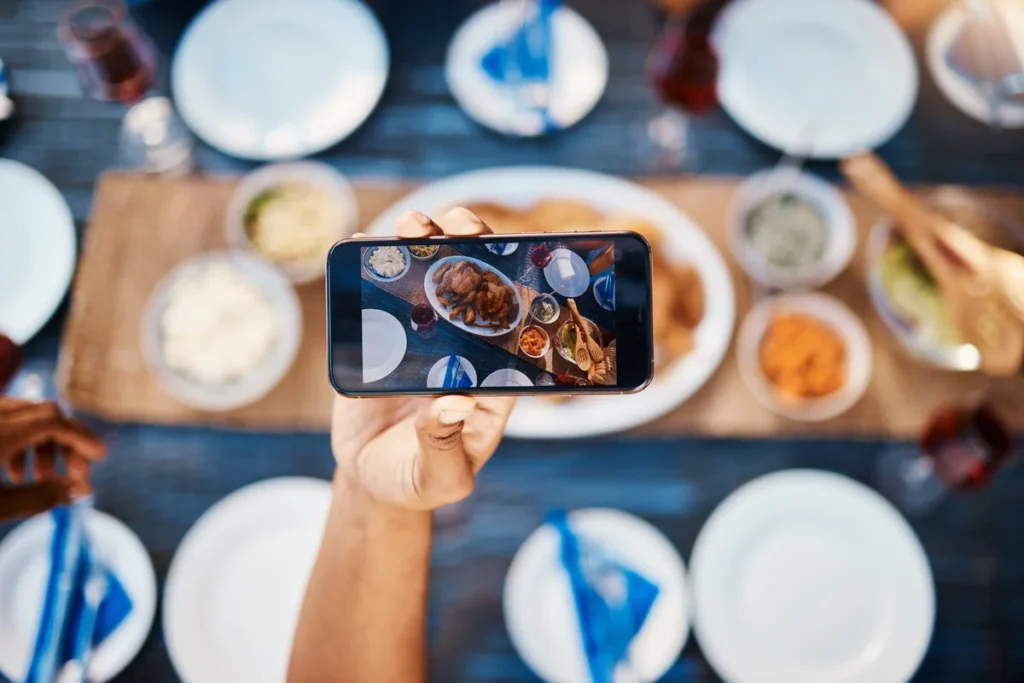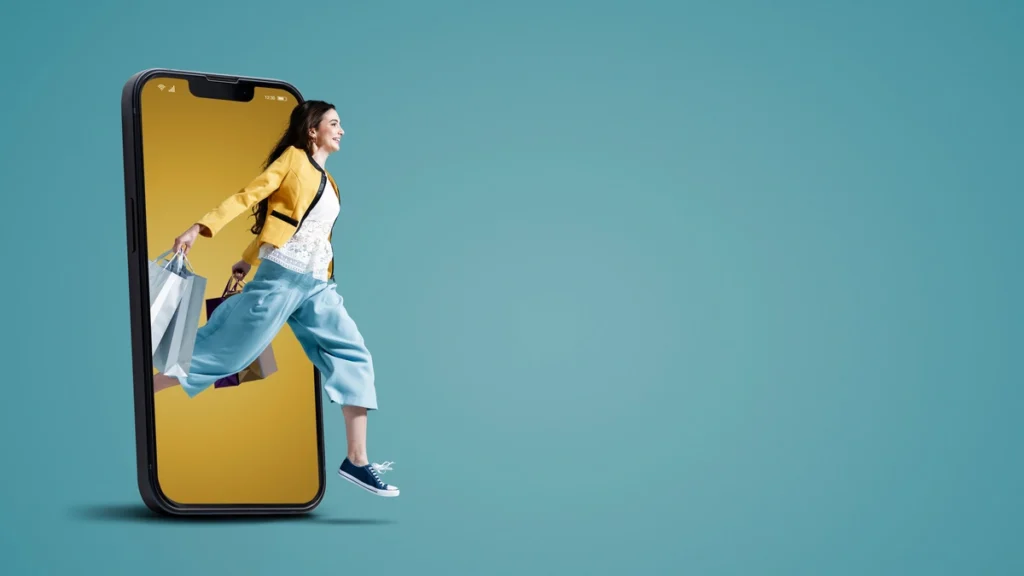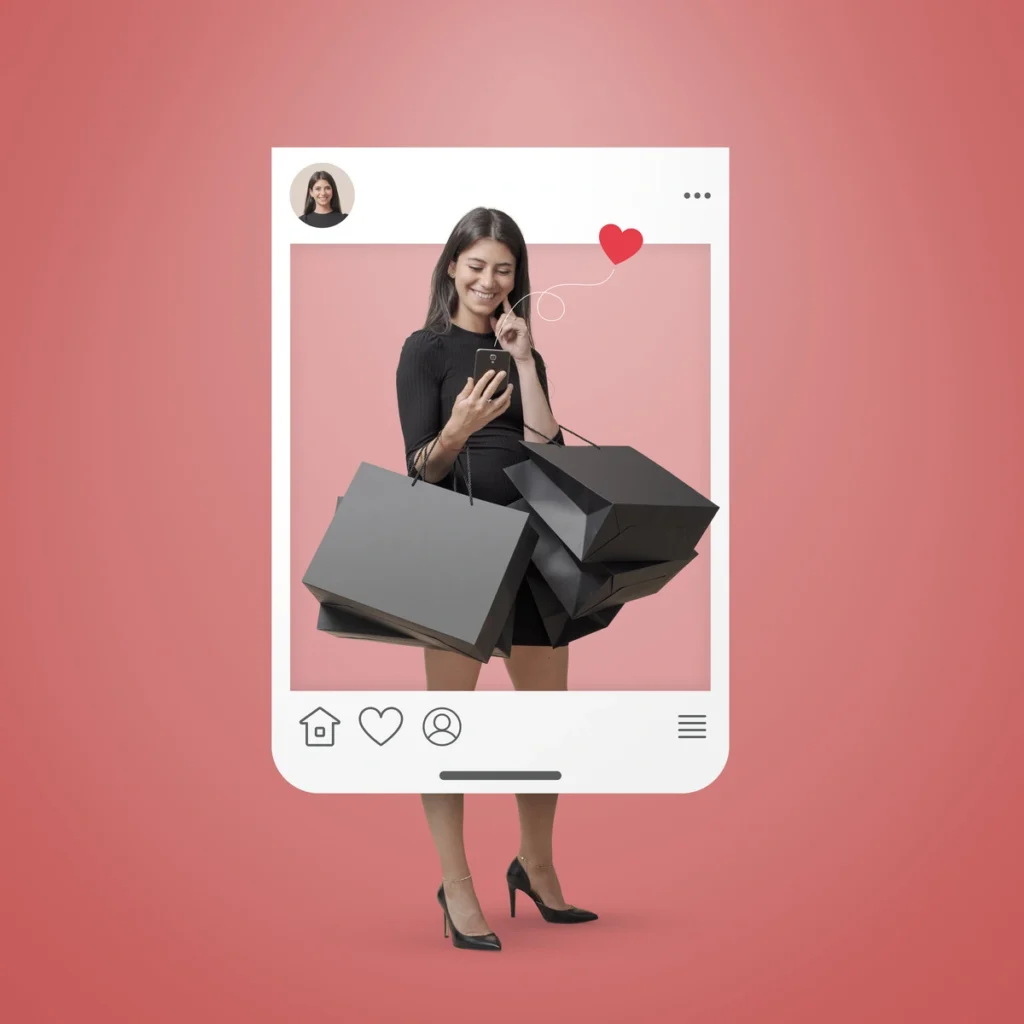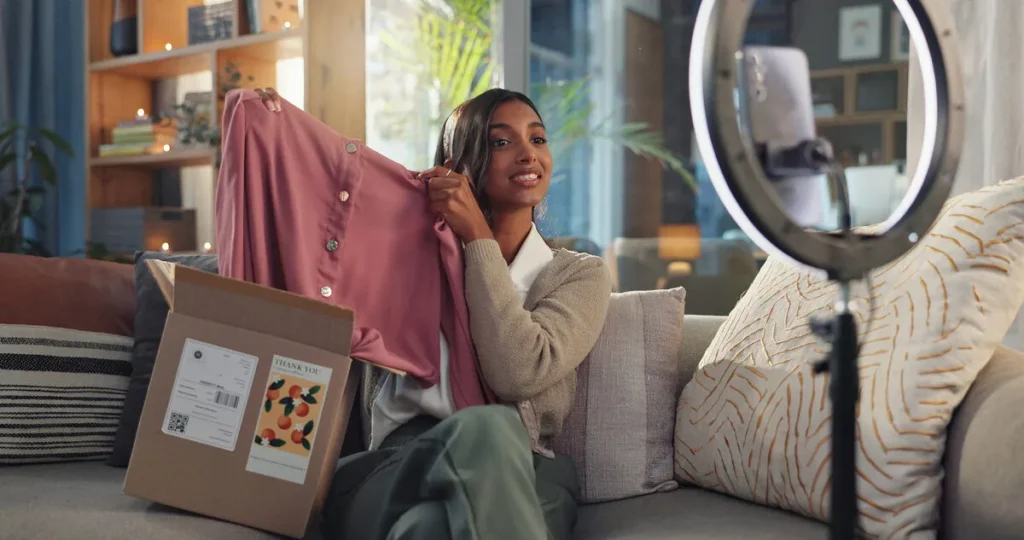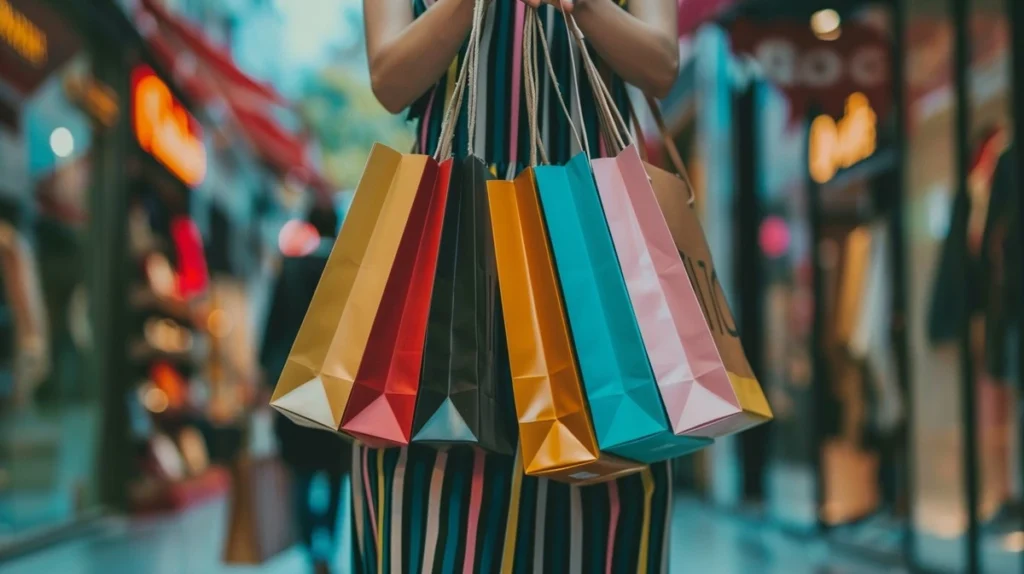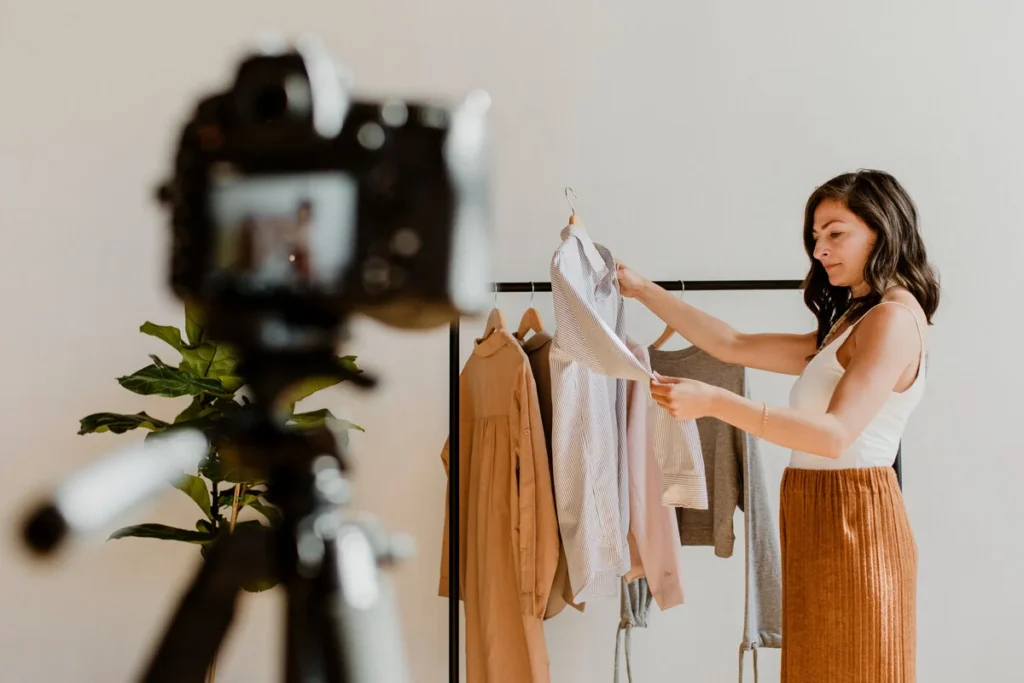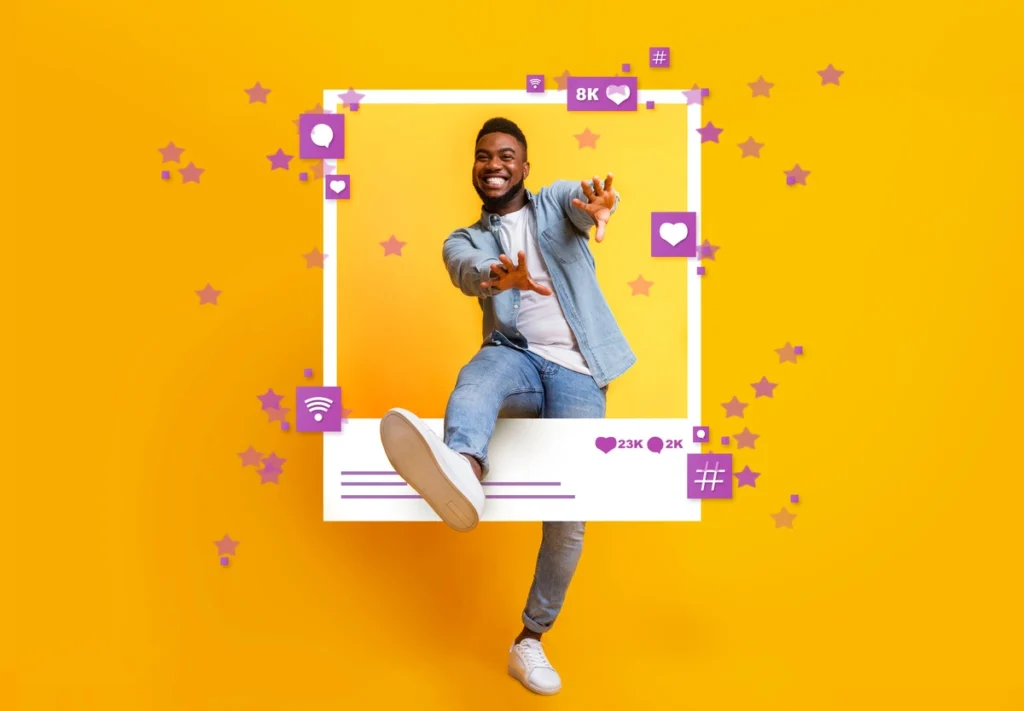The Lion's Den
Which Industries Use Influencer Marketing The Most?
25 Influencer Marketing
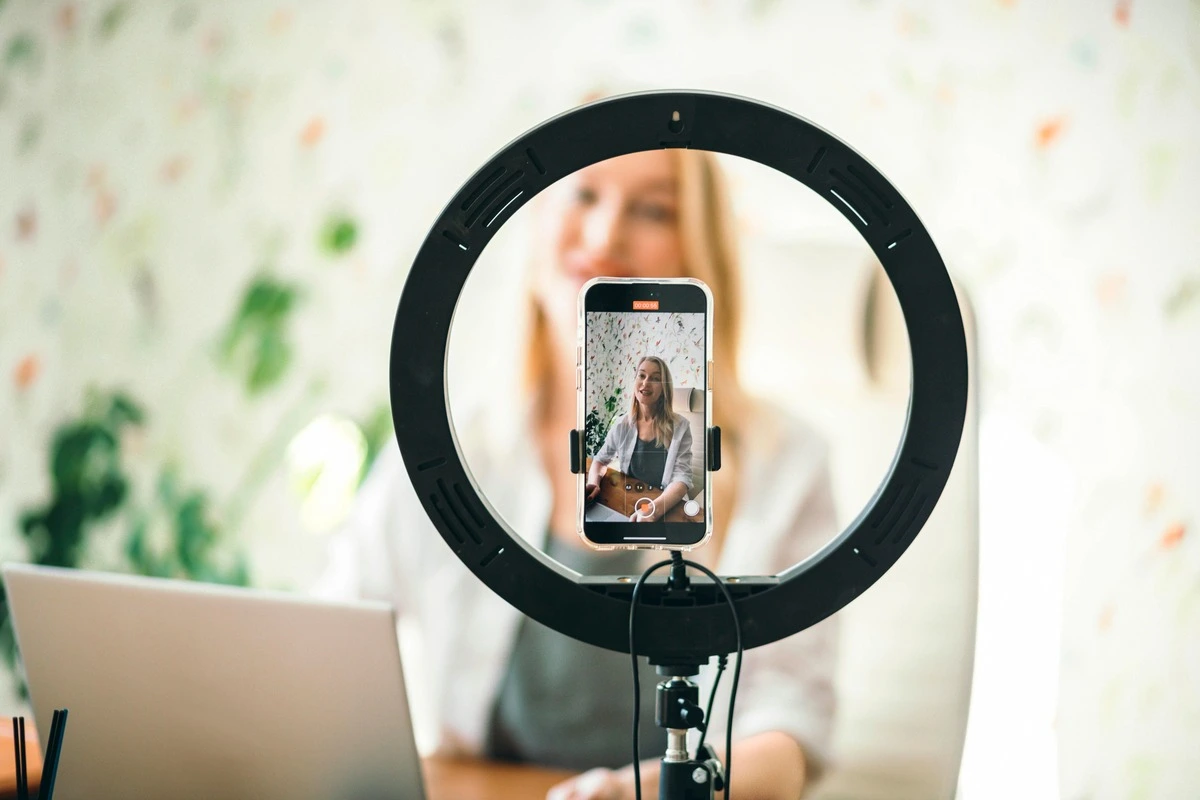
Which Industries Spend The Most On Influencer Marketing?
Breakdown of High-Spend Industries
In today’s dynamic marketing landscape, numerous industries are fervently allocating substantial budgets to influencer marketing. Industries such as fashion, beauty, travel, and consumer electronics consistently top the charts. These sectors have discovered the unparalleled ability of influencers to connect authentically with consumers. Influencers provide a unique opportunity to showcase products in real-world scenarios, making them relatable and desirable. According to influencer marketing statistics, this approach continues to grow in impact, with measurable benefits for both brands and influencers.
For the fashion and beauty industries, visually appealing content is crucial, and platforms like Instagram provide the perfect outlet for influencers to engage with their followers, showcasing products through styles and tutorials. Fashion brands leverage these platforms to establish trends and collaborate with influencers from diverse backgrounds to enhance their visibility and sales. The fashion industry leverages influencer marketing to create authentic content that resonates with consumers, driving engagement and sales across popular social media platforms. In the travel industry, influencers transport audiences to destinations, enticing them with stunning visuals and personal experiences, fostering a sense of wanderlust and trust.
Reasons for High Spending
These industries are drawn to influencer marketing mainly due to its ability to yield higher engagement rates than traditional advertising. Influencers often have niche audiences who trust their opinions, which results in improved conversion rates. Macro influencers, with follower counts ranging from 100,000 to 1 million, play a crucial role in these industries by enhancing brand awareness through their broader audience reach. For instance, the beauty industry, with its vast array of products and a competitive landscape, values the direct line of communication that influencers provide, allowing for real-time feedback and adaptation of marketing strategies. This highlights the importance of a well-planned influencer marketing strategy in achieving business growth and effectively engaging targeted audiences through authentic content creation.
Recent Influencer Marketing Trends in Budgets
The trend of increasing budgets for influencer marketing trends is on an upward trajectory, which means there will be plenty of new influencer marketing work. As the world becomes more digital, industries are recognizing that traditional advertising methods may not suffice. The growth of the influencer marketing industry highlights its significance across various sectors, showcasing how even less exciting topics can benefit from relatable micro-influencers to enhance engagement and resonate with consumers. The authenticity that influencers bring, combined with powerful storytelling and reach, offers a significant return on investment. More brands are not just working with influencers for singular campaigns but are building long-term partnerships that drive brand loyalty. This strategic shift in budget allocation underscores the indispensable role social media influencers play in modern marketing.
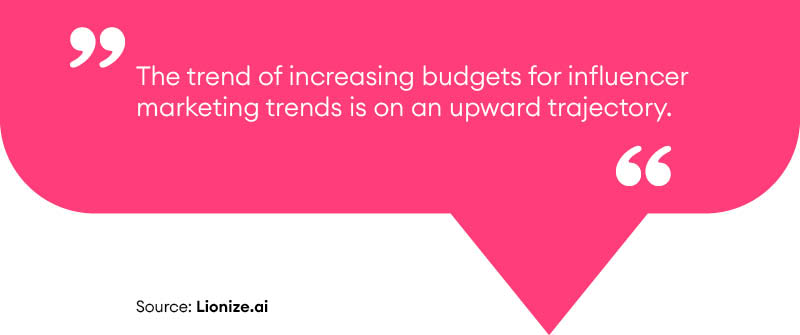
What Industry Has The Most Nano Influencers?
When it comes to the sheer number of influencers, the lifestyle industry leads the pack, with a significant 13.8% of all influencers residing in this space. This broad category covers a range of topics, including home decor, travel, fashion, and personal development, making it a versatile playground for influencers to showcase their expertise and creativity through influencer posts. Following closely are the beauty and music industries, with 8.56% and 8.27% of influencers, respectively. These sectors have a natural affinity with visual and auditory platforms like Instagram and YouTube, catalyzing impressive influencer growth.
Several factors contribute to the dense population of influencers in these industries. Firstly, the high engagement rate associated with personal and lifestyle topics attracts a large following. Consumers are eager to connect with influencers who provide real-life insights and authentic advice. Moreover, the visually appealing nature of lifestyle and beauty content makes these fields particularly suited for social platforms that prioritize images and videos.
Nano influencers, with follower counts between one to ten thousand, play a crucial role in these industries. Their high engagement rates and niche audience connections often yield better results compared to larger influencers, making them valuable partners for brands looking to effectively target specific markets.
As new influencer categories emerge, the landscape continually expands. For instance, niches like pet influencers and financial influencers, also known as fin-fluencers, are gaining traction. These trends are driven by the desire of digital audiences to seek niche-specific content that resonates with their interests. The beauty of social media is that it allows influencers to cross-pollinate content types — a beauty influencer might also share content about cooking or travel, further broadening their appeal.
The high density of influencers in these industries signifies robust opportunities for brands looking to engage with diverse and segmented audiences. Whether marketers are targeting beauty enthusiasts, travel lovers, or personal finance aficionados, there is an influencer out there poised to effectively convey their message, supported by the wide arena of lifestyle-focused content.
What Is The Target Audience For Influencer Marketing?
Understanding the target audience is crucial to crafting an effective influencer marketing campaign to increase brand awareness. Demographics and psychographics play pivotal roles in determining which audiences you’re likely to find most responsive. Historically, younger generations—like Gen Z and Millennials—comprise the largest segment of the audience due to their heavy activity on social media platforms like Instagram, TikTok, and YouTube. According to a recent survey, 28% of Gen Z and 33% of Millennials follow influencers, making them highly receptive to influencer-driven content.
Influencer marketing has emerged as a key marketing channel within digital advertising strategies. Its effectiveness compared to traditional advertising channels is evident, with growing consumer trust in influencers driving brand awareness and engagement. However, some platforms, such as YouTube, have seen reduced usage for influencer marketing, dropping from 38.3% last year (2023) to 33.1% this year (2024), reflecting a shift in platform preferences among brands.
But demographic targeting doesn’t stop at age. Psychographic factors such as interests, values, and lifestyle choices are equally influential. For instance, fashion, gaming, fitness, and beauty are niches that attract different consumer types, enabling influencers to connect deeply with audiences that share common passions.
In recent years, there’s been a notable shift in audience targeting strategies. With more mature age groups joining social media, influencer marketing campaigns are becoming increasingly diversified, expanding to target older demographics as well. Businesses are adjusting their strategies to include Gen X and Baby Boomers, who are becoming more active online, especially on platforms such as Facebook and Twitter. This broader audience reach is facilitated by featuring influencers who resonate well with different age groups, pushing the boundaries of traditional influencer archetypes.
Overall, successful influencer marketing hinges on keen insights into your target audience, making it imperative for marketing professionals to stay informed about shifts in consumer behavior and platform usage to tailor campaigns that deliver tangible results.
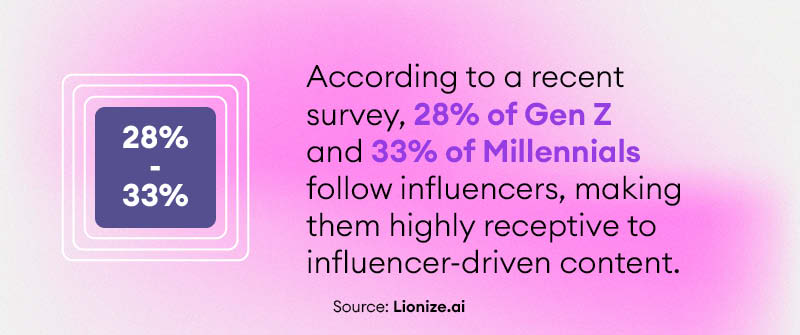
Which Industry Pays Influencers The Most?
In the evolving landscape of digital marketing, one question that often arises is: Which industry pays influencers the most? The answer isn’t entirely straightforward, given the multitude of factors that influence payment structures, but a few industries stand out due to their aggressive investment in influencer marketing efforts. For those wondering how to get paid to create content, understanding these trends and positioning yourself in high-paying industries can be a crucial first step.
Successful influencer marketing campaigns are particularly prominent in the fashion and beauty industries. Brands in these sectors are increasingly tailoring their strategies to leverage influencers, showcasing the versatility and impact of these campaigns in driving sales and engaging target audiences.
Analysis of Payment Structures
Different industries employ various payment structures when it comes to influencers. These structures are largely determined by the industry’s target demographics, the medium of content creation, and the ROI expectations. For example, fashion and beauty brands often offer both monetary compensation and products. Alternatively, technology brands might focus more on high monetary pay due to the technical depth and specificity required in the content generated.
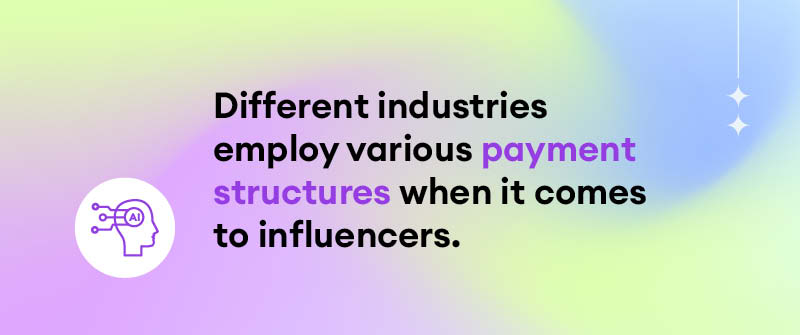
Comparison of Pay Rates Across Industries
When comparing pay rates across industries, the fashion and beauty sectors frequently emerge at the top. Due to their visual nature, these industries thrive on social platforms like Instagram, where influencers with millions of followers can earn substantial amounts per post. Meanwhile, technology and gaming industries also invest heavily in influencer partnerships, particularly on platforms like YouTube and Twitch, where tech industry influencers create in-depth reviews and playthroughs that require significant time investment and provide comprehensive consumer insights.
Case Studies of Successful Influencer Marketing Campaigns by High-Paying Brands
Several brands across different industries are noted for their high investments in influencer marketing. For instance, brands in the beauty industry like L’Oreal and Sephora have consistently led in terms of payments, understanding the high return on investment from authentic influencer endorsements. On the technology front, brands like Samsung and Apple have been known to allocate substantial marketing budgets to partner with influencers, ensuring expansive reach and impactful content delivery.
Revolutionize your campaigns with Lionize, the AI platform that makes finding and managing effective influencer partnerships seamless. Whether you’re in fashion, beauty, technology, or any other sector, our platform simplifies the process, ensuring you connect with the best-fit creators who can drive your brand’s message authentically. Explore Lionize today for free and discover the power of strategic influencer collaborations tailored to your industry! Try Lionize for Free today!





